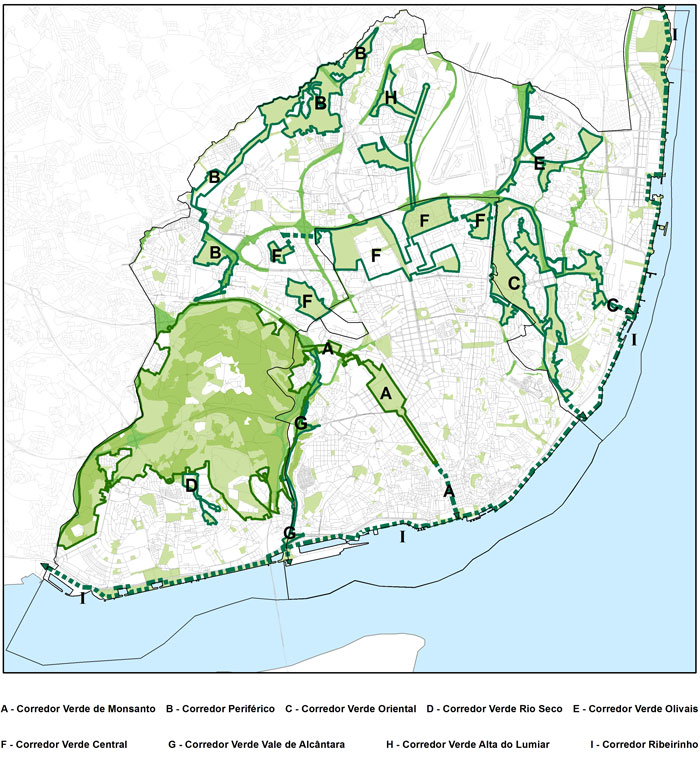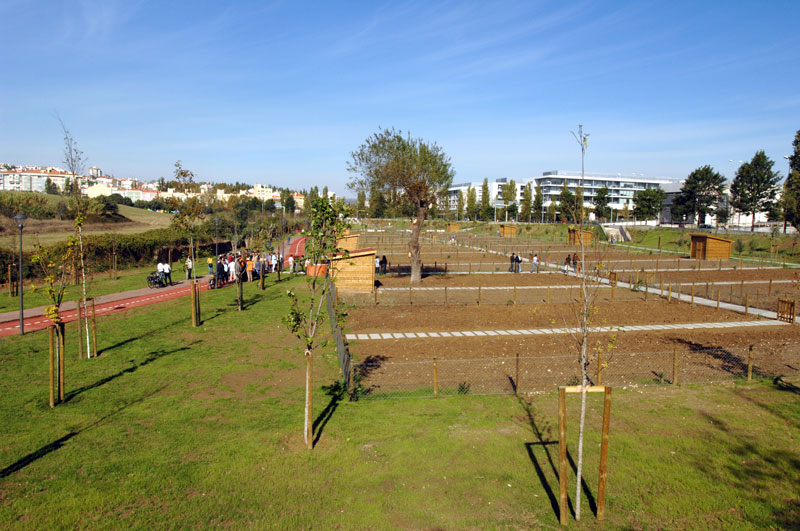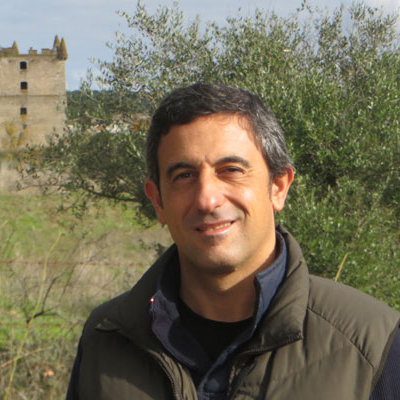Lisbon’s climate adaptation strategy has recently been approved by the Local Assembly, but a contemporary tool for climate adaptation has been running in the city for the past decade. Based on Urban Green Infrastructure (UGI), the city is taking strong and speedy action to expand and update the practice, not simply for recreational use, but mainly to take advantage of green infrastructure’s ability to provide both protection from climate change impacts as well as helping to meet climate targets.
European Green capital 2020
Through the framework of the New Covenant of Mayors for Climate and Energy, Lisbon has been nominated European Green Capital 2020, and has submitted a SECAP – Sustainable Energy Climate Action Plan to 2030. SECAP is a strategic document where targets for mitigation and adaptation are set with an ambitious and detailed roadmap to achieve them.
Southern European cities are extremely exposed to climate change impacts – recent events in Lisbon, including flash floods and heatwaves, in a general context of water scarcity, prompted the city to take action immediately.
UGI is considered to be crucial to actively reducing the urban heat island effect as well increasing the permeability of areas to rainwater, so reducing flash floods. Since 2008, UGI has been identified as a priority task for the municipality and a 10% increase in area has already been achieved under the framework of a new Master Plan concept, with green infrastructure and ecology playing a critical role.
The challenge in the southern European climate is that, for UGI to act efficiently as a climate adaptation tool, it must fulfil two basic conditions: to expand and become embedded across urban areas to respond as a temperature mitigation tool; and as a permeable area to allow rainwater to drain away. At the same time, the adaptation responses must be resilient to the more severe climate effects, namely water scarcity and heatwaves.
How to quickly extend the UGI area and increase adaptation in green zones are the key issues in Lisbon’s current strategy.
Nature Based Solutions (NBS) play an important role, helping to build a consistent and efficient UGI which is cheaper than conventional landscaping solutions during implementation, and much more economical to maintain, so avoiding the process being blocked by budget constraints.
NBS and UGI in Lisbon represent an overall approach to a climate UGI since:
- 20% increase in area could be achieved by 2021, organised over an ecological approach of nine main green corridors;
- 80,000 native species trees and shrubs are being planted to increase shade;
- Up to 10M€ in rainwater design is being replicated in several green areas;
- Biodiverse rain-fed grasslands are being installed as an alternative to watering lawns in order to increase resilience to water scarcity;
- The first stage of a 1.8M€ investment is underway, focusing on the reuse of treated wastewater originating from the Wastewater Treatment Plants and pumped through new infrastructure across the city (650,000m3/year projected flow at project start in 2020).




